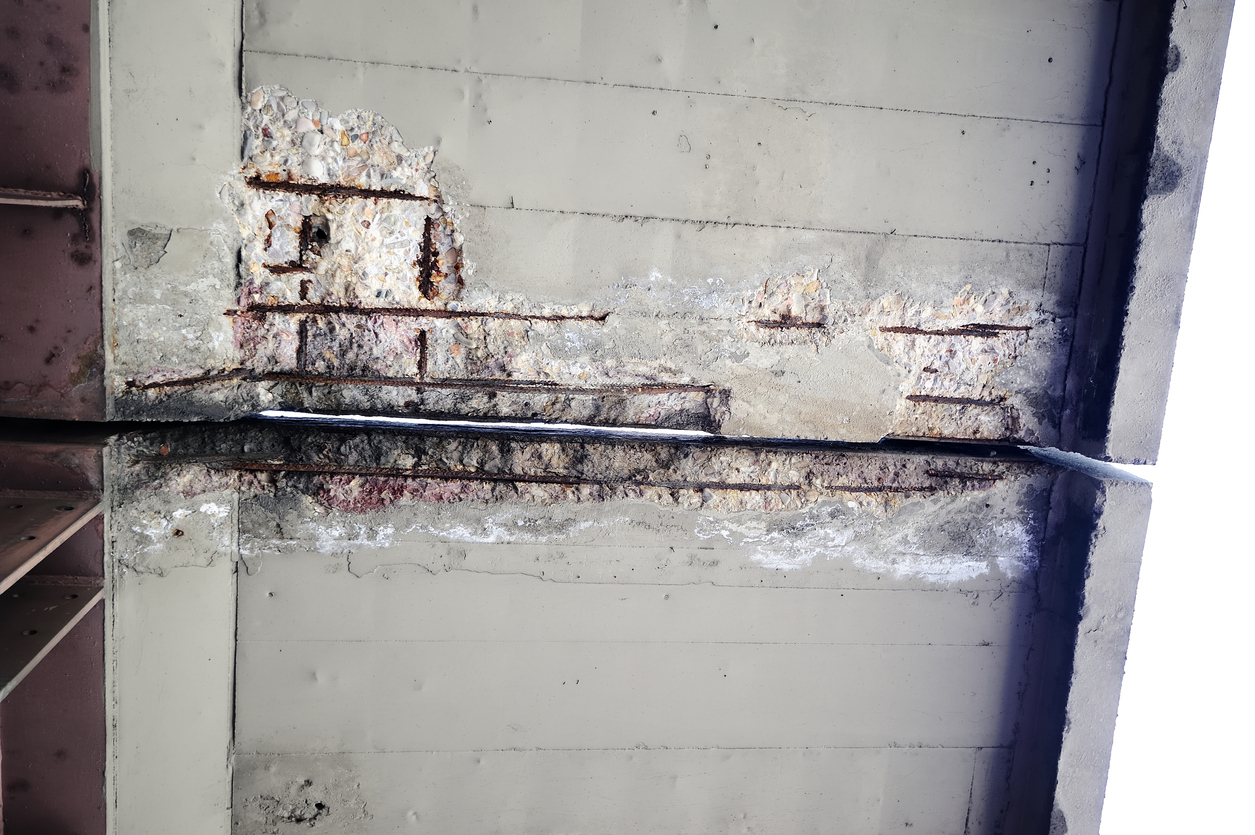Water intrusion refers to the unwanted entry of water into a building or structure, which can lead to various problems such as structural damage, mold growth, and deterioration of building materials. There are several causes, signs, and preventive measures related to water intrusion.
Let’s explore them in detail:
Causes of Water Intrusion
- Poor Construction: Improperly installed or poorly maintained building materials can create vulnerabilities that allow water to enter.
- Structural Defects: Cracks in walls or foundations, gaps around windows and doors, or deteriorated seals can provide entry points for water.
- Window and Door Leaks: Improperly sealed windows or doors, deteriorated caulking, or damaged weather-stripping can allow water to enter.
- Foundation Problems: Cracks in the foundation, inadequate drainage systems, or improper grading can lead to water intrusion.
- Flooding: Heavy rainfall, rising groundwater levels, or nearby bodies of water overflowing can cause flooding and water penetration.
- Roofing Issues: Damaged or improperly installed roofs or clogged gutters can result in water seepage.
- Plumbing Leaks: Leaking pipes, faulty plumbing fixtures, or inadequate waterproofing around plumbing installations can cause water intrusion.
Signs of Water Intrusion
- Water Stains: Discoloration or watermarks on ceilings, walls, or floors indicate water penetration.
- Damp or Musty Odors: A persistent musty smell can be a sign of hidden water intrusion and possible mold growth.
- Mold and Mildew Growth: The presence of mold or mildew on walls, ceilings, or other surfaces suggests prolonged moisture exposure.
- Peeling or Bubbling Paint: Excessive moisture can cause paint to bubble, crack, or peel off.
- Warped or Damaged Materials: Swollen or warped floors, ceilings, or wooden structures can indicate water damage.
- Increased Humidity: Excessive moisture in the air, leading to condensation on windows or a general feeling of dampness, may indicate water intrusion.
Preventive Measures for Water Intrusion
- Water Intrusion or Fenestration Testing: Fenestration testing is a water penetration assessment that covers a variety of investigative techniques, including intrusive, disruptive, destructive, and non-destructive ways to determine the cause and origin of water intrusions. Fenestration testing includes windows, doors, and walls.
- Regular Inspections: Conduct routine inspections of your property to identify and address potential vulnerabilities.
- Waterproofing: Apply waterproof coatings or sealants to vulnerable areas such as basements, crawl spaces, or exterior walls.
- Seal Windows and Doors: Check for gaps or cracks around windows and doors and seal them with weather-stripping or caulking.
- Prompt Exterior Maintenance: Repair cracks in the foundation, walls, or masonry promptly to prevent water intrusion.
- Proper Drainage: Ensure that the property has a functional and adequately sized drainage system to redirect water away from the foundation.
- Adequate Ventilation: Ensure proper ventilation in high-moisture areas such as bathrooms, kitchens, and basements to prevent condensation and mold growth.
- Landscape Management: Properly grade the landscape to prevent water from pooling near the building’s foundation, and direct downspouts away from the structure. This can be done with the professional construction of a retaining wall.
- Educate Occupants: Inform occupants about proper maintenance practices, such as reporting leaks promptly, and encourage them to report signs of water intrusion immediately.
- Plumbing Maintenance: Regularly inspect plumbing fixtures, pipes, and connections for leaks, and address any issues.
- Maintain the Roof: Inspect the roof regularly for damages, clean gutters and downspouts to ensure proper water drainage.
Remember, addressing water intrusion issues promptly is crucial to prevent further damage and potential health hazards associated with structural deterioration and mold growth. If you suspect significant water intrusion or extensive damage, it’s advisable to consult us for assessment, water damage restoration and remediation!
